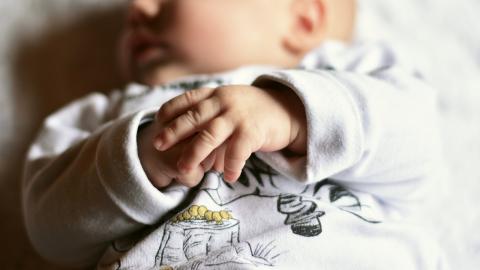Reactions: WHO recommends immediate skin-to-skin contact instead of incubator for premature and low birth weight infants
The World Health Organisation (WHO) has issued a statement recommending skin-to-skin contact immediately after birth to improve the survival of premature and low birth weight babies. Until now, in clinical practice it was common for the first phase after birth to take place in the incubator.

José Ramón Fernández - prematuros OMS EN
José Ramón Fernández
Paediatrician specialising in neonatology at the Santa Lucía University Hospital in Cartagena
The benefits of early skin-to-skin contact after birth have been demonstrated in several studies over the last few years, which has led to it becoming part of the standard of care after birth for all newborns who do not require resuscitation measures after birth (Ministry of Health recommendations 2010). Skin-to-skin contact provides greater stability to the newborn, decreases the risk of hypothermia (which is an independent mortality factor) and increases the likelihood of breastfeeding, which is a known factor that decreases the risk of nosocomial [hospital] infections and mortality in preterm infants.
Other benefits are:
- Increased stability of the neonate and increased duration and quality of sleep.
- Decreased pain during painful procedures.
- Decreased parental anxiety and improved confidence in their competence.
A study in the journal NEJM published in May 2021 suggests that, compared to the practice of immediate separation of the preterm infant after birth, starting kangaroo mother care as soon as possible after birth may save up to 150,000 more lives each year.
It was already known from meta-analysis studies that kangaroo mother care was effective, reducing mortality by 40% among hospitalised birthweight infants (< 2 kg) when initiated once they are clinically stable. However, this study demonstrated an additional 25% reduction when initiated immediately after birth with either the mother or father.
Isabel Izquierdo - prematuros OMS EN
Isabel Izquierdo
Head of the Neonatology Department at La Fe Hospital and vice-president of the Spanish Society of Neonatology (SENEO)
Skin-to-skin contact immediately after birth has been scientifically proven to have benefits for both mother and newborn, both at term and in preterm and low birth weight infants. Successful breastfeeding has been associated with skin-to-skin contact between mother and newborn for both latch-on and duration of breastfeeding, and also helps to regulate the baby's body temperature and prevent hypothermia.
Immediate skin-to-skin contact naturally reduces the stress experienced during birth for both mother and baby, and stabilises the biological parameters of the transition from adaptation to extrauterine life and oxygen saturation in the baby. The positive impact on the cognitive-perceptual and neurodevelopmental aspects of the baby has also been described.
For the mother, it has an analgesic effect, reduces anxiety, favours uterine involution and strengthens the emotional bond, cushioning the factors favouring postpartum depression.
When immediate skin-to-skin contact with the mother is not possible, it is recommended that it be done with the father, as it also increases bonding and competence in his care.
In all countries there is growing awareness of the benefits of skin-to-skin contact, so that it is already included in the protocols for action at the time of delivery and has become standard clinical practice for newborns admitted to neonatal units.
On the other hand, it is recommended that immediate skin-to-skin contact be monitored, given that it is performed at a time of great vulnerability of the newborn, such as the adaptation of the newborn to extrauterine life.
Immediate skin-to-skin contact cannot always replace technology, as there are situations of severity of the newborn in which it cannot be performed, and in these cases it is necessary to transfer the newborn to an incubator for stabilisation and health care.



